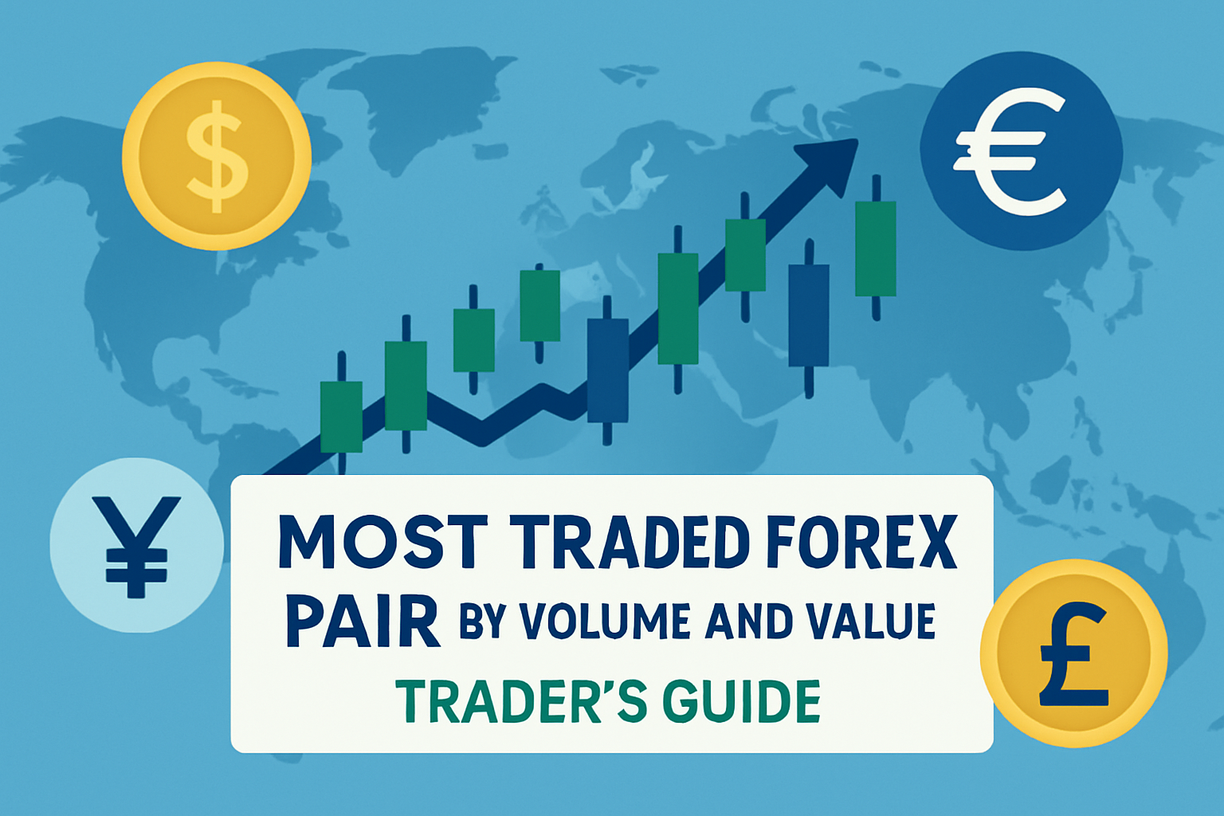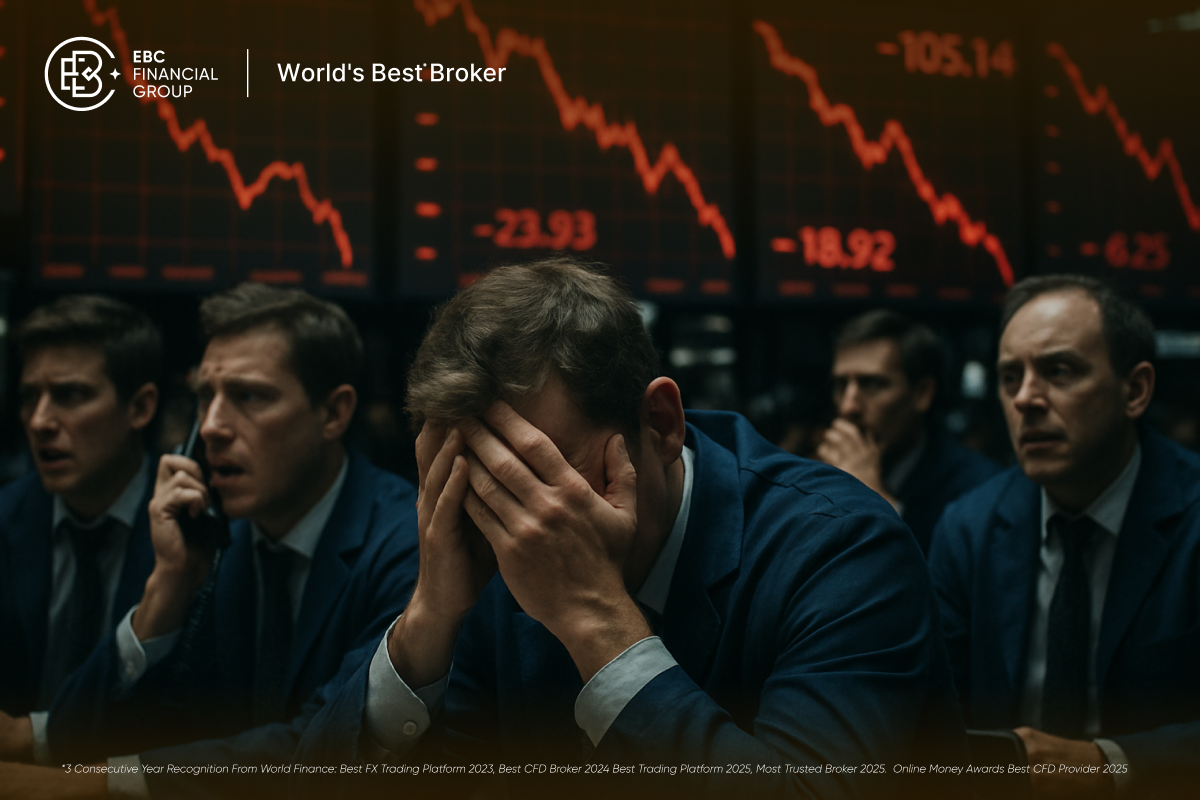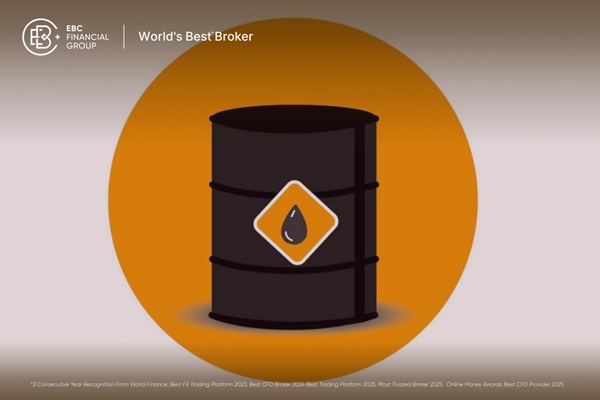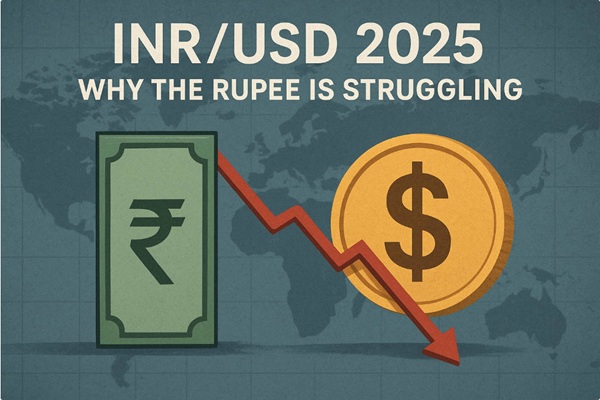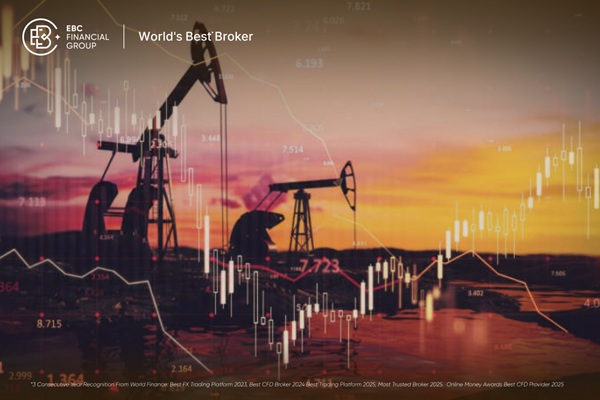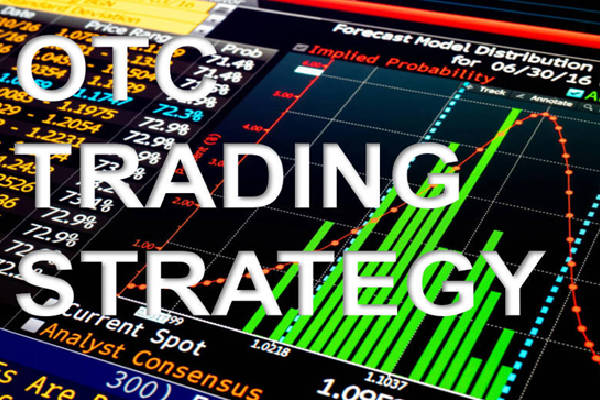Crude oil price has been on a rollercoaster in recent weeks, reflecting a complex web of geopolitical tensions, supply disruptions, trade policies, and economic indicators. As of late August 2025. Brent crude oil is trading at around $67.22 per barrel, while West Texas Intermediate (WTI) stands at $63.25 per barrel. This volatility follows dramatic swings earlier in the week, with Brent falling by 2.3% and WTI by 2.4%, underscoring how sensitive the oil market is to news and external shocks.
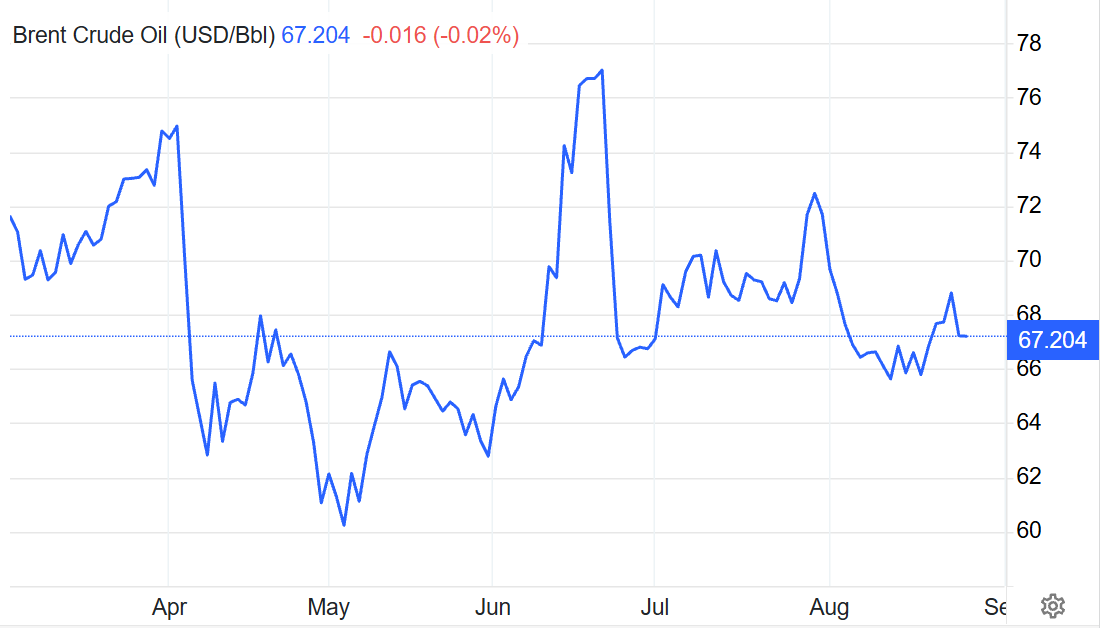
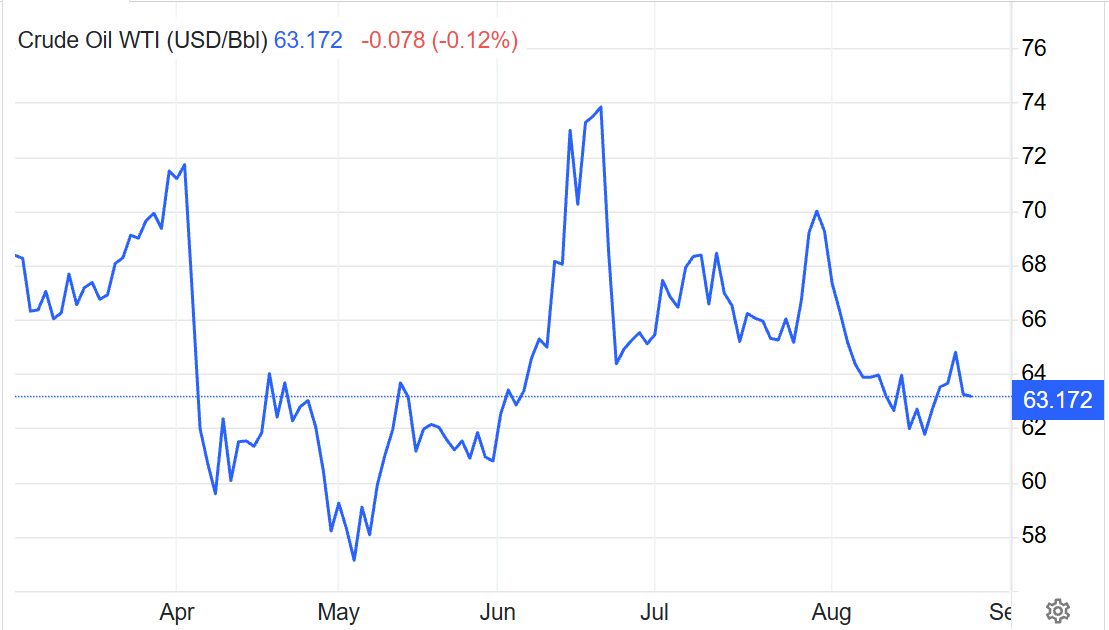
Investors and traders must closely monitor developments such as the ongoing Russia-Ukraine conflict, US sanctions and tariffs, and shifts in global demand. These factors collectively determine the direction of crude oil price, influencing both short-term trading strategies and long-term investment decisions.
Geopolitical Influences on Crude Oil Price
The ongoing conflict between Russia and Ukraine has had a dual impact on crude oil price. On one hand, Ukrainian drone attacks on Russian refineries have disrupted production, reducing refining capacity and releasing more crude for export. This has led Russia to adjust its export schedule, raising shipments by 200.000 barrels per day from major western ports including Primorsk, Novorossiysk, and Ust-Luga.
However, the sustained attacks also introduce uncertainty. Analysts note that around 17% of Russia's refining capacity (approximately 1.1 million barrels per day) has been affected, limiting processing and transport. Such disruptions have created a volatile environment where supply risks underpin crude oil price while simultaneously preventing consistent upward momentum.
US policy has further shaped crude oil price dynamics. In late August 2025. the US announced potential economic sanctions on Russia and imposed a 50% tariff on Indian imports, targeting India's continued purchase of discounted Russian crude. While intended to restrict Russian oil exports, these measures have had mixed effects on the market. Indian state-owned refiners, including Indian Oil and Bharat Petroleum, have resumed procurement of Russian crude for September and October deliveries, showing that tariffs may not fully deter international buyers.
The uncertainty surrounding sanctions and tariffs continues to influence investor sentiment, adding pressure on crude oil price as markets weigh both supply risks and trade policy outcomes.
Supply and Demand Factors
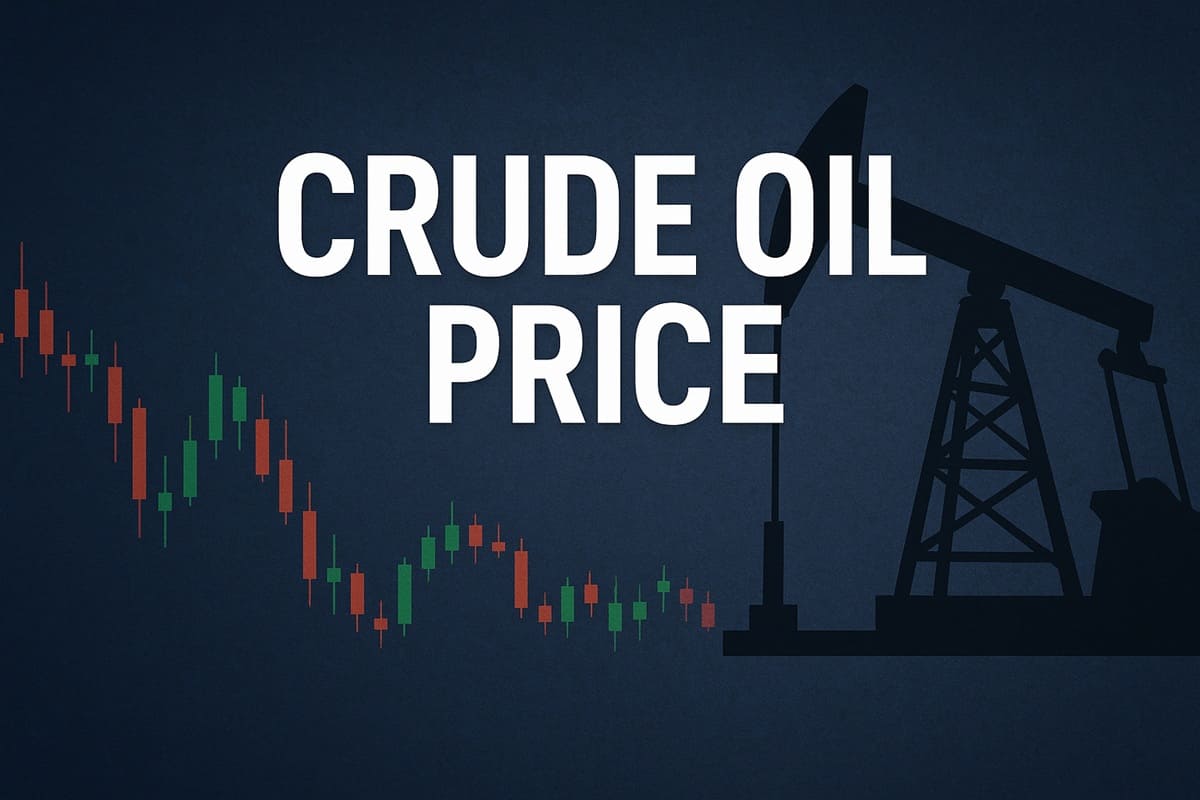
OPEC and its allies play a pivotal role in shaping crude oil price. Adjustments to production targets are designed to balance supply with global demand. Amid fluctuating geopolitical conditions, OPEC+ decisions have stabilised markets to some degree, preventing extreme price swings while maintaining a range-bound trading environment.
Economic data, particularly from major oil-consuming nations, is closely watched by traders. US GDP figures and the Personal Consumption Expenditures (PCE) inflation report are especially influential, as they provide insight into the trajectory of oil demand. Strong economic performance typically increases energy consumption, supporting crude oil price, while slower growth reduces demand and exerts downward pressure.
From a technical perspective, Brent crude is facing resistance around $66.80 per barrel, constrained by short-term moving averages (10. 20. and 30-day). MACD and RSI indicators currently suggest a bearish bias, indicating that crude oil price may continue a mild downward or sideways trend unless supported by new geopolitical or economic developments.
Support levels are observed near $65.50. providing a floor for potential market corrections. Analysts expect Brent to trade within a $65–$74 range in the near term, reflecting the balance of conflicting market forces.
Market Outlook and Analyst Perspectives
Goldman Sachs has forecasted that Brent crude could decline to the low $50s per barrel by late 2026. largely due to projected oil surpluses and weaker demand in OECD countries. Conversely, increased stockpiling in countries like China could push average prices higher, highlighting the sensitivity of crude oil price to changes in both supply and demand globally.
The market remains dominated by uncertainty. Traders must weigh multiple variables simultaneously — geopolitical tensions, trade sanctions, production adjustments, and economic data — to make informed decisions.
Conclusion
Crude oil price continues to navigate a turbulent and complex market environment. Geopolitical events, trade policies, supply disruptions, and economic indicators all contribute to heightened volatility. Investors and market participants must remain vigilant, analysing developments continuously to manage risk and capitalise on opportunities.
While short-term price swings may seem unpredictable, understanding the underlying drivers provides a foundation for navigating the crude oil market with greater confidence. Staying informed, monitoring global news, and applying disciplined trading strategies are essential for thriving amid ongoing market uncertainty.
Frequently Asked Questions
Q1. What causes crude oil price to fluctuate so dramatically?
Crude oil price is influenced by geopolitical tensions, supply disruptions, trade policies, and global economic indicators, all of which can create rapid price swings.
Q2. How do US sanctions affect crude oil price?
Sanctions can disrupt supply chains or reduce exports from targeted countries, which in turn can raise prices due to perceived scarcity or market uncertainty.
Q3. Why is OPEC+ production important for crude oil price?
OPEC+ controls a significant portion of global oil supply. Decisions on production cuts or increases help balance supply and demand, directly impacting market prices.
Disclaimer: This material is for general information purposes only and is not intended as (and should not be considered to be) financial, investment or other advice on which reliance should be placed. No opinion given in the material constitutes a recommendation by EBC or the author that any particular investment, security, transaction or investment strategy is suitable for any specific person.













